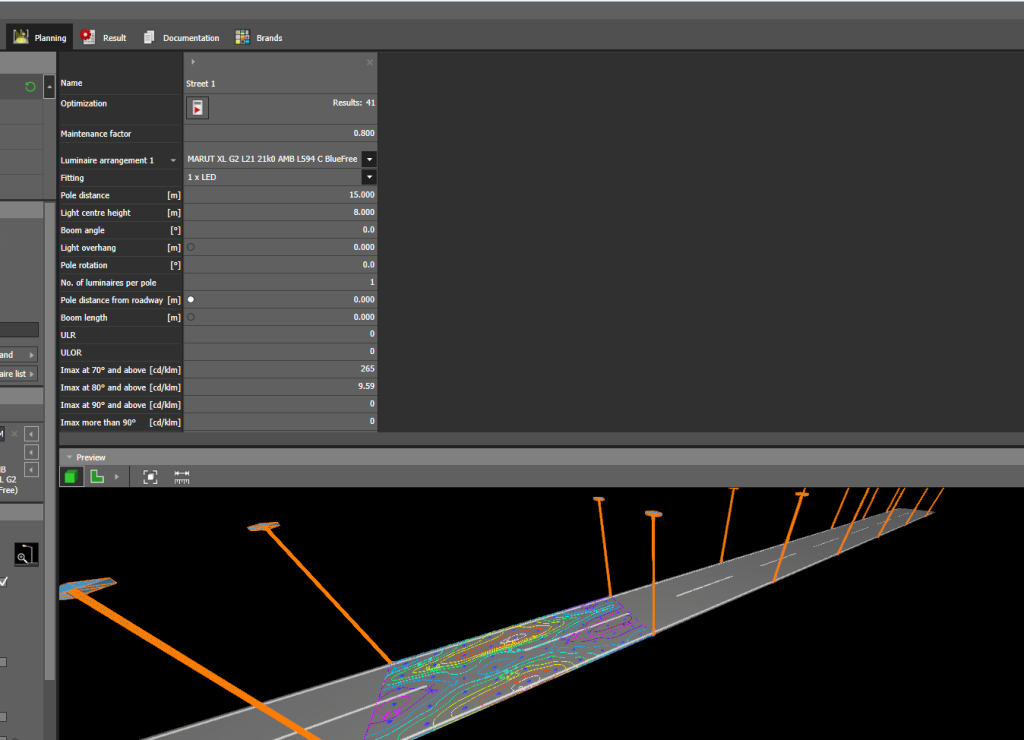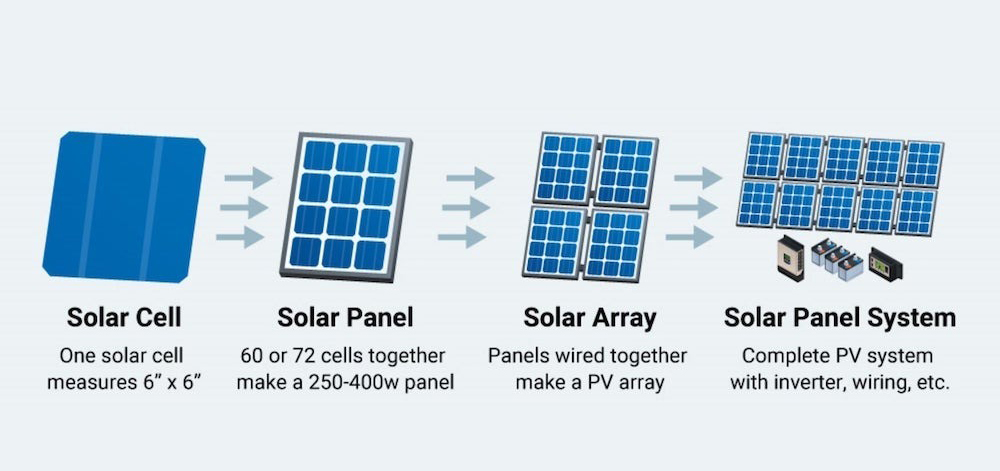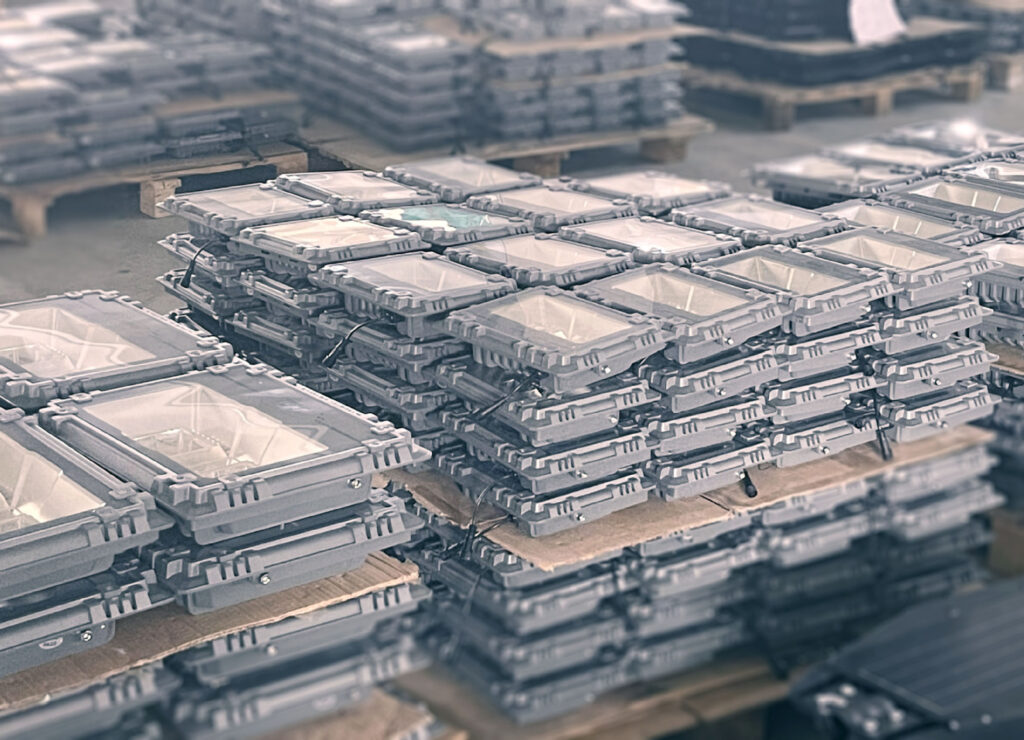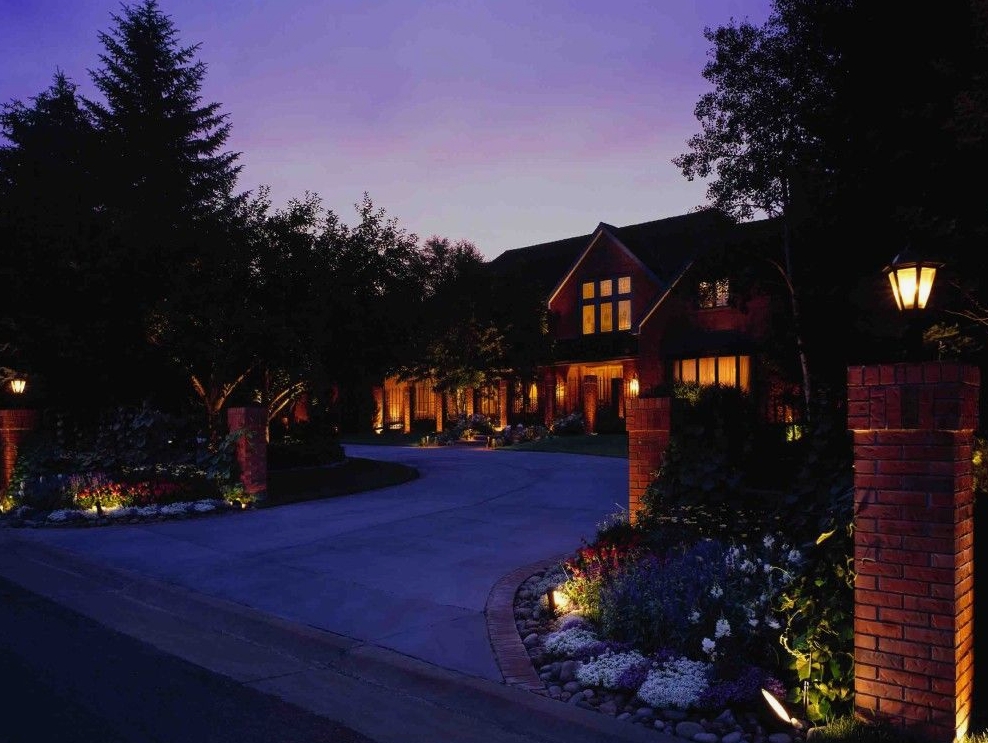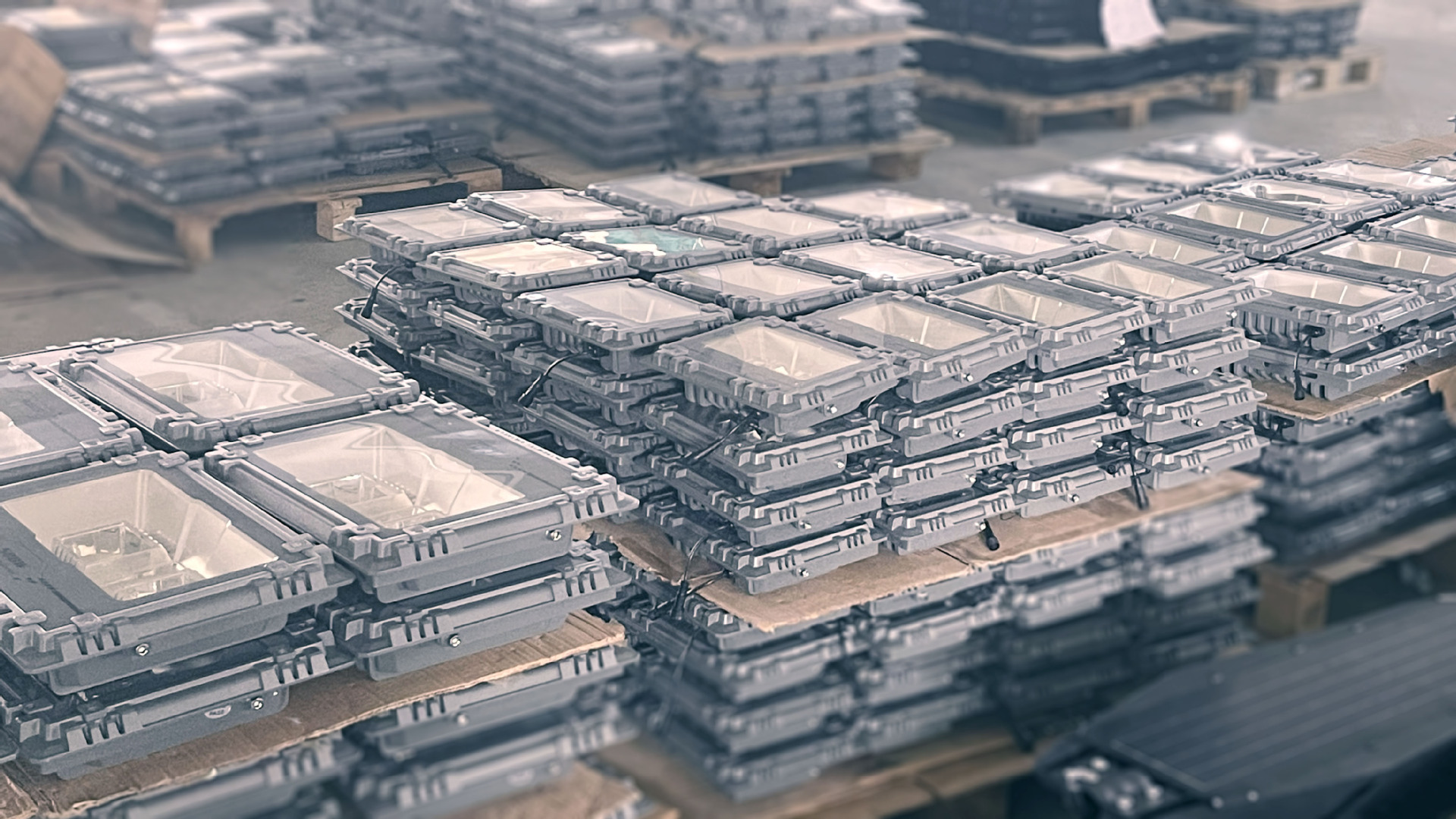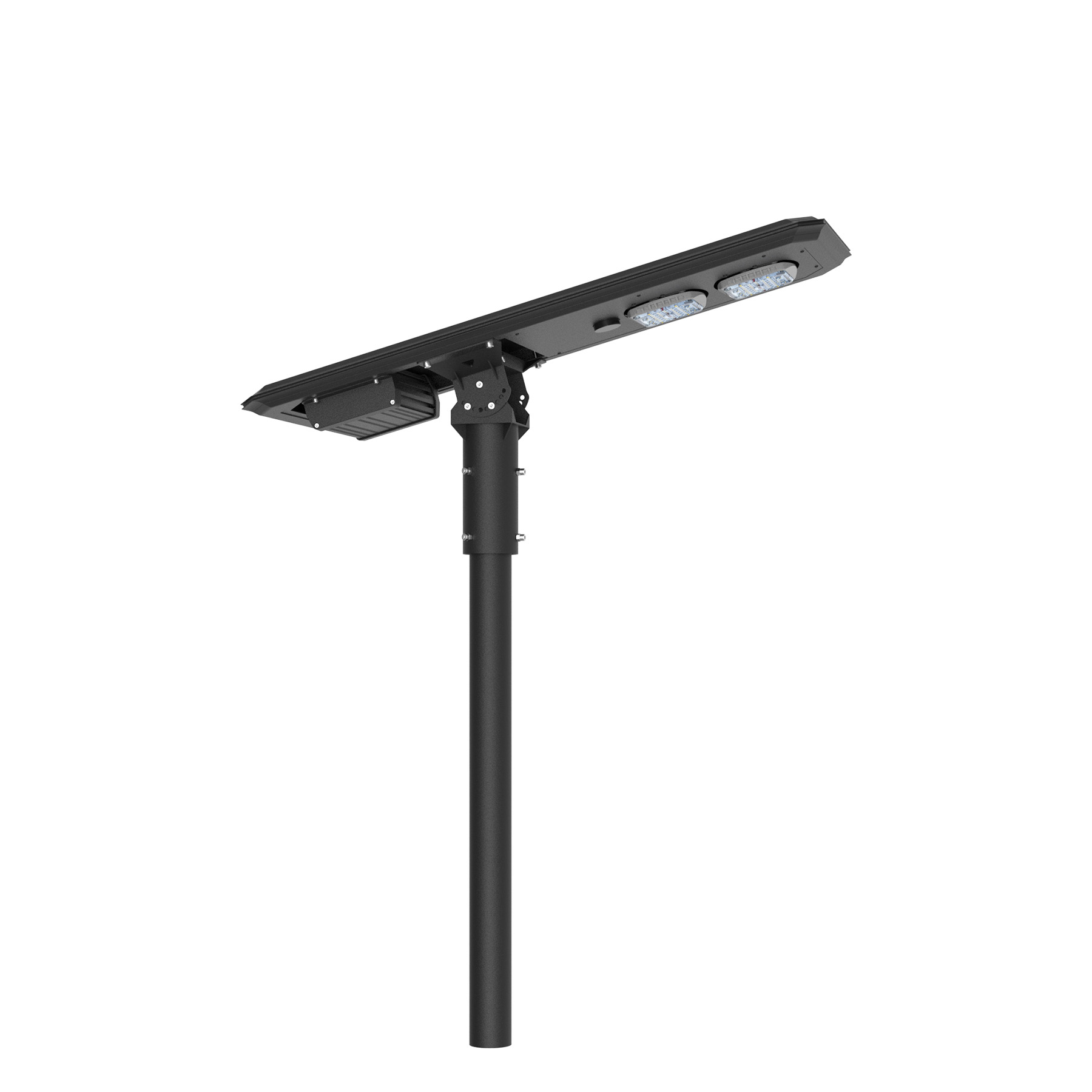It’s usually a good idea to swap out the rechargeable batteries in your solar lights. This can make them last longer, work better, and shine brighter. Solar lights use these batteries to store energy from the sun during the day and power the lights at night. But, like any battery, they get weaker over time from being charged and used repeatedly. Replacing them keeps your lights working well. Let’s look at why it’s helpful, when you should change them, and what to think about when buying new ones.
Why Changing the Batteries in Your Solar Lights is a Good Idea
Better Light: old batteries can’t hold as much charge, making your lights dim or causing them to die quickly. New batteries make them bright again and last longer.
Saves You Money: Buying new solar lights is expensive. Just swapping the batteries is much cheaper and makes your old lights almost as good as new.
Good for the Planet: Throwing away old solar lights adds to electronic waste. Changing the batteries keeps your lights working, which is better for the environment. It also means fewer new lights need to be made.
Keeps Them Working Well: New batteries are better at storing and using power. This means your lights will work efficiently and make the most of the sun’s energy.
When to Change Your Solar Light Batteries
Not sure if you need new batteries? Look for these clues:
Dim Light: If your lights aren’t as bright as they used to be, the batteries might be getting weak.
Short Run Time: Do your lights only stay on for a short time now, instead of lasting all night? The batteries probably aren’t holding a charge.
Blinking Lights: If your lights flicker on and off, it could mean the batteries are struggling.
Lights Not Working: If a light has stopped working completely, or only works sometimes, the battery might be dead.
If you see any of these signs, and the solar panel itself looks okay, new batteries will probably fix the problem.
Picking the Right Batteries for Your Solar Lights
When you’re buying new batteries, make sure they’ll work with your lights. Think about the battery type, how much power they hold, and how long they’ll last.
Battery Types:
- NiMH (Nickel-Metal Hydride):These are common for smaller solar lights because they hold a lot of power and are better for the environment than NiCd batteries. They’re a good, reliable choice for most temperatures.
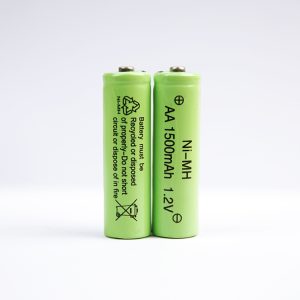
- NiCd (Nickel-Cadmium):These last a long time, especially in cold weather. But, they’re not as good for the environment because they contain harmful materials.
- Li-Ion (Lithium-Ion):These batteries pack a lot of power into a small size. However, they might not work with all solar lights because of different voltage requirements.
- LiFePO4 (Lithium Iron Phosphate):These are another type of lithium battery. They’re safe and long-lasting, but they cost more and aren’t as common in the AA sizes used for solar lights.Now is the most common used for solar lights
Power Capacity (mAh):
This tells you how much charge a battery can hold. A higher number (mAh) means the lights will stay on longer. Most smaller solar lights use batteries NiMH which capacity from 200 mAh to 2000 mAh. For bigger solar light normally use batteries Lithium Iron Phosphate which capacity from 5000mAh to 20000mAh
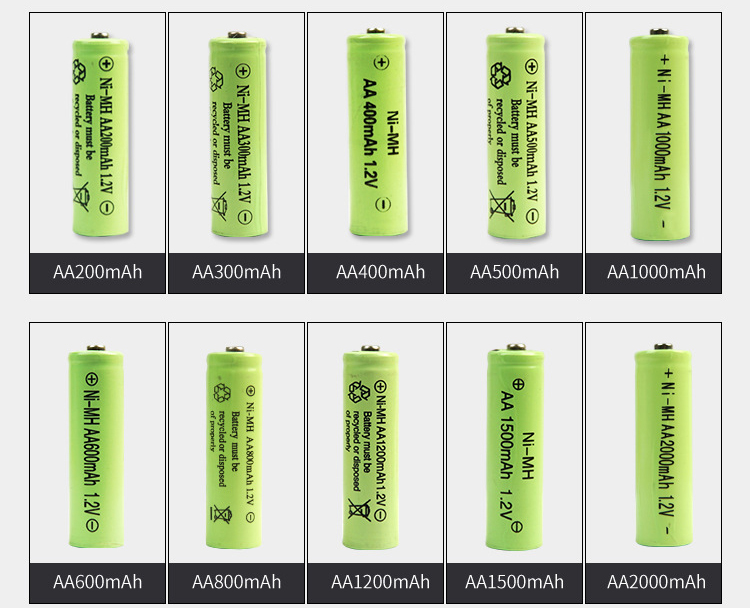
Voltage:
Make sure the new batteries have the same voltage as the old ones. Most smaller solar lights use 1.2V or 3.7V rechargeable batteries. For bigger solar light,like solar street light solar flood lights use 3.2V /12.8V /24V .Using the wrong voltage can damage your lights.
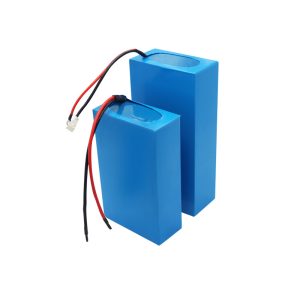
Temperature:
If your lights are in a place where it gets really hot or cold, NiCd or LiFePO4 batteries are usually better because they can handle tough conditions.
How to Change Your Solar Light Batteries
Turn the Light Off: If your light has an on/off switch, turn it off first.
Open the Battery Case: Look for screws or clips holding the battery compartment closed. Open it carefully so you don’t break anything.
Take Out the Old Batteries: Remove the old batteries. Don’t just throw them in the trash! Recycle them at a battery recycling center.
Put in the New Batteries: Put the new batteries in the compartment. Make sure they’re facing the right way – look for the little plus (+) and minus (-) signs.
Put the Light Back Together: Close the battery compartment and turn the light back on. Put the light back in a sunny spot so it can charge up.
Making Your Solar Light Batteries Last Longer
After you’ve put in new batteries, here are some tips to keep them working well for a long time:
Keep Them Clean: Dirt and dust on the solar panel can block sunlight. Wipe the panels clean every few weeks so they can get as much sun as possible.(how do clean solar light can go our article learn more)
Put Them in a Sunny Spot: Put your lights where they’ll get lots of sun all day long. Don’t put them in shady spots, or where something might block the sun, because the batteries won’t be able to charge fully.
Store Them Inside in Winter: If you live where it snows, your solar lights might not work well in the winter. Bring them inside and store them in a dry place that’s not too hot or cold. This will help protect the batteries.
Switch Batteries Around: If you have more than one solar light, try swapping the batteries between them every few months. This can help them wear out evenly and might make them last longer.
Avoid Too Much Sun: Even though it seems like more sun is always better, sometimes too much can be a problem. During the hottest part of the summer, it’s a good idea to take the batteries out of the lights every now and then and store them inside avoid overcharing . Best solar lights’ are designed to prevent overcharging.
Conclusion:Should You Change Your Solar Light Batteries?
Yes, changing the batteries in your solar lights is almost always a good idea. It’s like giving your lights a new lease on life, and they’ll probably work great for another year or two.
It’s a cheap way to make your lights bright again, keep them running longer, and it’s good for the planet because you don’t have to buy new lights. If you choose the right batteries and take good care of your lights, they’ll work even better and keep your yard lit up reliably and in an eco-friendly way.
Wanna know more about the lights?
There are many variations of passages of solar lights and LED lights


